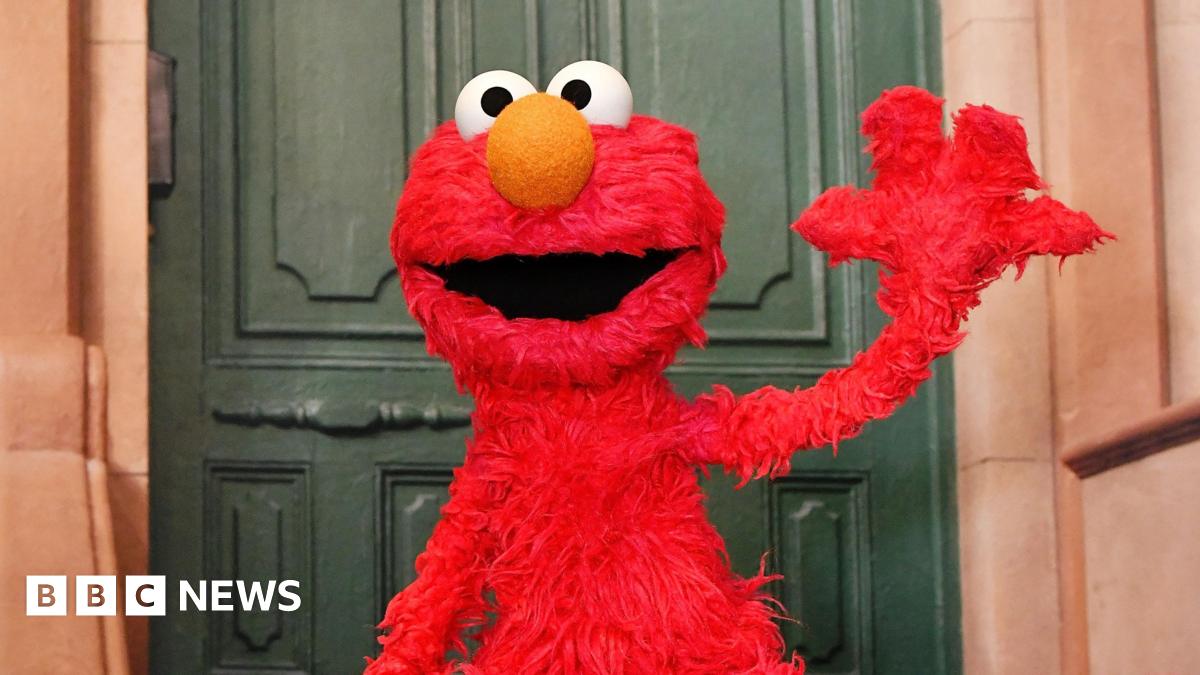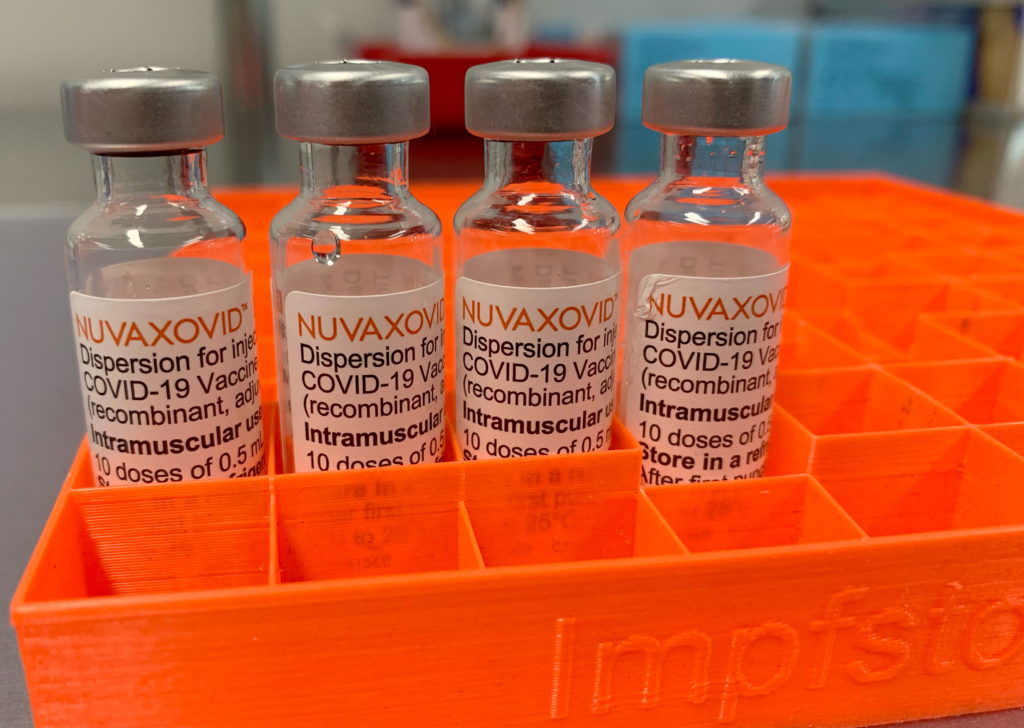Helping Your Child Quit Their Pacifier Or Thumb: A Practical Approach

Welcome to your ultimate source for breaking news, trending updates, and in-depth stories from around the world. Whether it's politics, technology, entertainment, sports, or lifestyle, we bring you real-time updates that keep you informed and ahead of the curve.
Our team works tirelessly to ensure you never miss a moment. From the latest developments in global events to the most talked-about topics on social media, our news platform is designed to deliver accurate and timely information, all in one place.
Stay in the know and join thousands of readers who trust us for reliable, up-to-date content. Explore our expertly curated articles and dive deeper into the stories that matter to you. Visit Best Website now and be part of the conversation. Don't miss out on the headlines that shape our world!
Table of Contents
Helping Your Child Quit Their Pacifier or Thumb: A Practical Approach
Giving up a beloved pacifier or thumb can be a challenging milestone for both parents and children. For many, it's a significant step towards independence and healthy oral development. But how do you navigate this transition smoothly and minimize stress for everyone involved? This article offers a practical, empathetic approach to help your child ditch the paci or thumb, focusing on age-appropriate strategies and positive reinforcement.
Understanding the Attachment:
Before launching into a quitting plan, it’s crucial to understand why your child is attached to their pacifier or thumb. It's often a source of comfort, especially during stressful times or transitions like bedtime or illness. Forcing a sudden cessation can lead to increased anxiety and regression. Instead, consider these points:
- Age: Younger children may find it harder to understand the concept of quitting. A gradual approach is generally recommended for toddlers and preschoolers. Older children (preschool and beyond) may be more receptive to negotiation and reward systems.
- Emotional State: Is your child experiencing significant stress or changes in their life (new sibling, moving, starting school)? Addressing these underlying issues can greatly impact their ability to let go of the pacifier or thumb.
- Oral Development: Prolonged pacifier use beyond the recommended age (around 2-4 years old) can affect teeth alignment and speech development. Consult your pediatrician or dentist for personalized advice.
Strategies for Successful Weaning:
The key is a phased approach, focusing on positive reinforcement and minimizing negative emotions. Avoid punishment or shaming – these tactics are counterproductive and can damage your child's self-esteem. Here are some effective techniques:
1. The Gradual Reduction Method:
- Reduce Usage: Gradually decrease the frequency and duration of pacifier or thumb use. This could involve setting specific times of day when it's allowed or limiting it to certain situations (e.g., only during naptime).
- Phased Retirement: Consider “retiring” the pacifier or thumb in stages. Maybe it’s only allowed at home, then only in their bed, and finally, only at night.
- Replacement Object: Offer a comforting alternative, like a special blanket, stuffed animal, or transitional object.
2. The "Fairy/Tooth Fairy" Approach:
This method works well for imaginative children. You can create a story about the pacifier or thumb going to live with a fairy or being traded for a special gift from the Tooth Fairy. This makes the process feel less like a loss and more like an exciting adventure.
3. Positive Reinforcement and Rewards:
Create a reward chart or sticker chart to track progress. Offer small, age-appropriate rewards for each successful day or week of reduced use. Positive reinforcement significantly increases the chances of success.
4. Seeking Professional Help:
If you're struggling to help your child quit their pacifier or thumb, don't hesitate to seek professional help. A pediatrician, child psychologist, or therapist can offer personalized strategies and support. They can also help address any underlying emotional issues contributing to the attachment.
Addressing Relapses:
Relapses are common. Avoid harsh reactions. Instead, gently remind your child of their progress and reiterate the reasons for quitting. Focus on celebrating small victories and maintaining a positive, supportive environment.
Maintaining Oral Health:
Once your child has given up their pacifier or thumb, it’s crucial to maintain good oral hygiene practices. This includes regular brushing and flossing, and regular check-ups with the dentist to monitor teeth alignment.
Conclusion:
Helping your child quit their pacifier or thumb requires patience, understanding, and a positive approach. By implementing these strategies and focusing on your child's emotional well-being, you can make this transition a smooth and successful experience for both of you. Remember to celebrate their achievements and be there for support every step of the way. This journey is a testament to their growing independence and self-regulation, a truly remarkable accomplishment!

Thank you for visiting our website, your trusted source for the latest updates and in-depth coverage on Helping Your Child Quit Their Pacifier Or Thumb: A Practical Approach. We're committed to keeping you informed with timely and accurate information to meet your curiosity and needs.
If you have any questions, suggestions, or feedback, we'd love to hear from you. Your insights are valuable to us and help us improve to serve you better. Feel free to reach out through our contact page.
Don't forget to bookmark our website and check back regularly for the latest headlines and trending topics. See you next time, and thank you for being part of our growing community!
Featured Posts
-
 Two Dead Children Injured After Train Hits Family On Railroad Tracks
May 21, 2025
Two Dead Children Injured After Train Hits Family On Railroad Tracks
May 21, 2025 -
 William Goodge New Record For Fastest Run Across Australia
May 21, 2025
William Goodge New Record For Fastest Run Across Australia
May 21, 2025 -
 Netflix To Stream Sesame Street Following Loss Of Trump Administration Funding
May 21, 2025
Netflix To Stream Sesame Street Following Loss Of Trump Administration Funding
May 21, 2025 -
 Jamie Lee Curtis And Lindsay Lohans Unexpected Bond A Look Back
May 21, 2025
Jamie Lee Curtis And Lindsay Lohans Unexpected Bond A Look Back
May 21, 2025 -
 Conditional Fda Approval Novavax Covid 19 Vaccines Limited Use
May 21, 2025
Conditional Fda Approval Novavax Covid 19 Vaccines Limited Use
May 21, 2025
Latest Posts
-
 Abandoned Chicks Delaware Shelter Faces Crisis After Usps Delivery Failure
May 21, 2025
Abandoned Chicks Delaware Shelter Faces Crisis After Usps Delivery Failure
May 21, 2025 -
 Assassins Creed Shadows Why Ubisoft Restricted Animal Deaths
May 21, 2025
Assassins Creed Shadows Why Ubisoft Restricted Animal Deaths
May 21, 2025 -
 Ukraine Peace Talks Trump And Putins Conversation Reveals Shifting Dynamics
May 21, 2025
Ukraine Peace Talks Trump And Putins Conversation Reveals Shifting Dynamics
May 21, 2025 -
 Charlotte Weather Alert Overnight Storms Incoming Cooldown To Follow
May 21, 2025
Charlotte Weather Alert Overnight Storms Incoming Cooldown To Follow
May 21, 2025 -
 Charlotte Weather Forecast Incoming Storms And A Chilly Weekend Ahead
May 21, 2025
Charlotte Weather Forecast Incoming Storms And A Chilly Weekend Ahead
May 21, 2025
